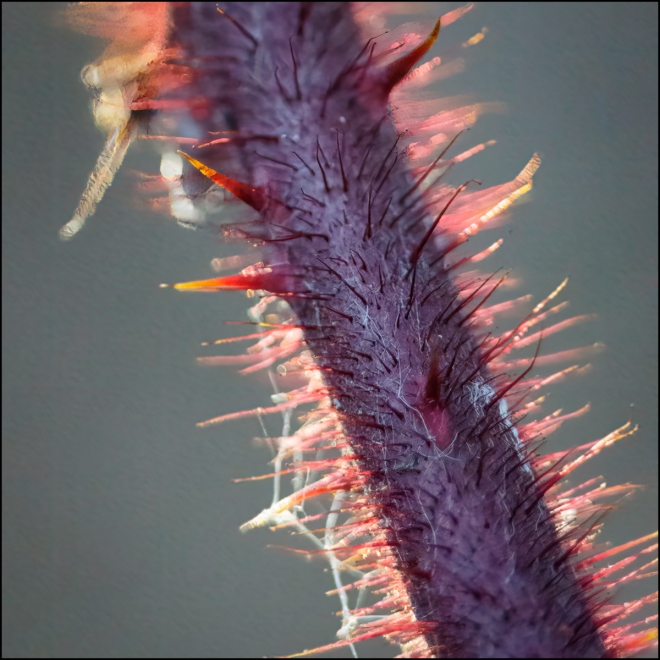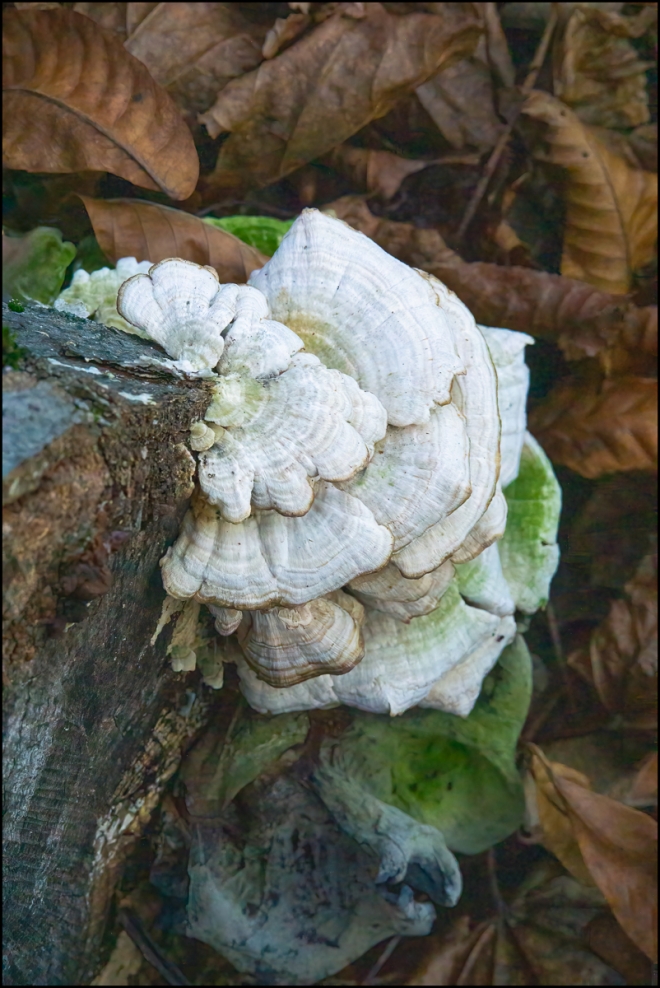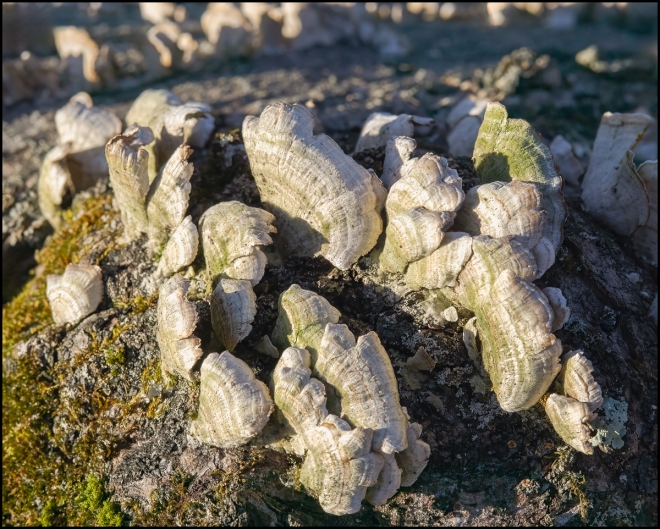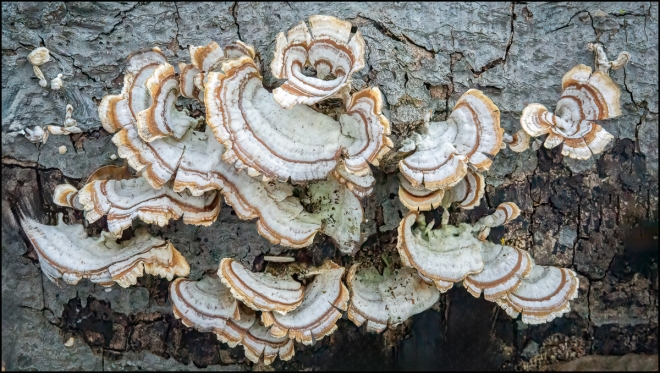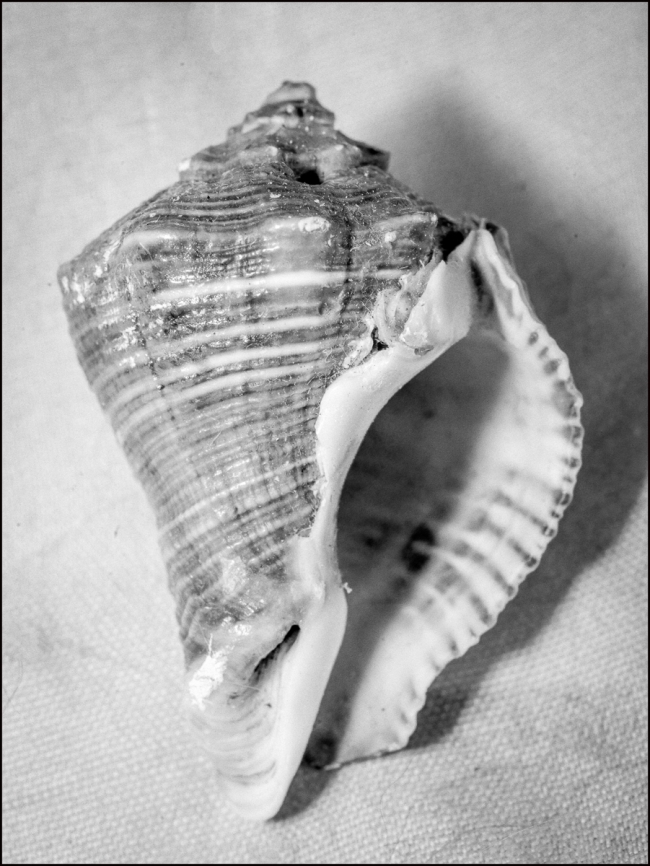It’s not an insect (insects have only six legs). It’s not an arachind (e.g. a spider. Arachnids only have eight legs). So what on earth is this? It certainly has a very impressive set of legs. Some kind of centipede?
It’s seemed my guess was correct. After a very brief search I can now confirm that it’s a centipede:
Centipedes (from Neo-Latin centi-, “hundred”, and Latin pes, pedis, “foot”) are predatory arthropods belonging to the class Chilopoda (Ancient Greek χεῖλος, kheilos, “lip”, and Neo-Latin suffix -poda, “foot”, describing the forcipules) of the subphylum Myriapoda, an arthropod group which includes millipedes and other multi-legged animals. Centipedes are elongated segmented (metameric) creatures with one pair of legs per body segment. All centipedes are venomous and can inflict painful stings, injecting their venom through pincer-like appendages known as forcipules or toxicognaths, which are actually modified legs instead of fangs. Despite the name, no centipede has exactly 100 pairs of legs; the number of pairs of legs is an odd number that ranges from 15 pairs to 191 pairs.
Centipedes are predominantly generalist carnivorous, hunting for a variety of prey items that can be overpowered. They have a wide geographical range, which can be found in terrestrial habitats from tropical rainforests to deserts. Within these habitats, centipedes require a moist microhabitat because they lack the waxy cuticle of insects and arachnids, therefore causing them to rapidly lose water. Accordingly, they avoid direct sunlight by staying under cover or by being active at night.(Wikipedia)
I always thought that, as the name implies, centipedes had 100 legs. But apparently not (see the sentence above in bold). Mine seems to have 15 pairs.
After some more research I conclude that this is a house centipede:
Scutigera coleoptrata, also known as the house centipede, is a species of centipede that is typically yellowish-grey and has up to 15 pairs of long legs. Originating in the Mediterranean region, it has spread to other parts of the world, where it can live in human homes. It is an insectivore; it kills and eats other arthropods, such as insects and arachnids…Unlike its shorter-legged but larger tropical cousins, S. coleoptrata can live its entire life inside a building, usually on the ground levels of homes. Many homeowners may be unsettled by house centipedes due to their speed and appearance. However, they pose little to no threat towards humans, and are often beneficial as they catch other, more harmful pests, such as cockroaches.[14] They are not aggressive and usually flee when disturbed or revealed from cover. Sting attempts are therefore rare unless the centipede is cornered or aggressively handled. Its small forcipules have difficulty penetrating skin, and even successful stings produce only mild, localized pain and swelling, similar to a bee sting. Allergic reactions to centipede stings have been reported, but these are rare; most stings heal quickly and without complication.
Taken with a Sony A7IV and Venus Optics Laowa 85mm f5.6


